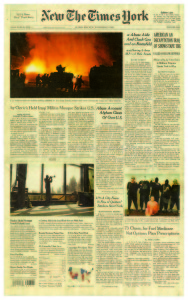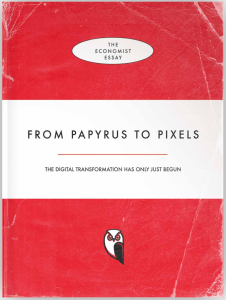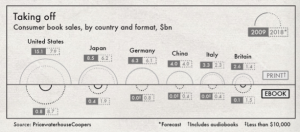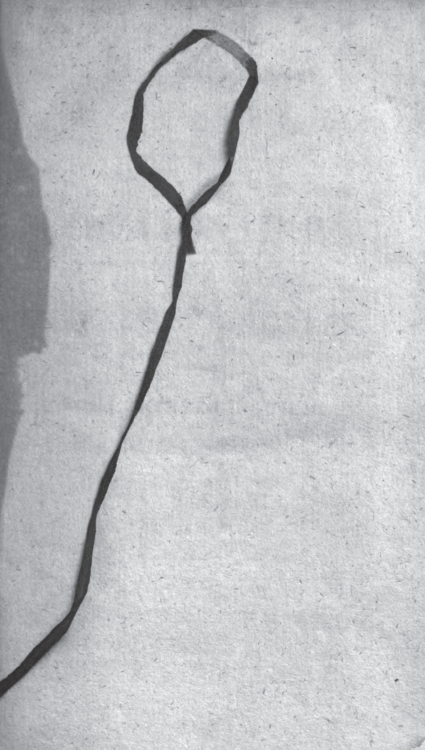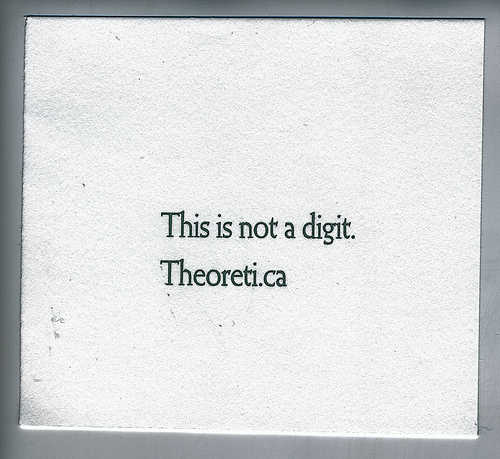Cover of Playboy Roasted à la Edo
The Hamburg Museum of Arts and Crafts has a well designed exhibit called Hokusai x Manga that looks at the history of comics from the first kibyōshi to current manga and videogames. The exhibit draws on an extensive collection of woodblock books and prints from the Edo period. They mix a historical approach with themes like the depiction of demons (Yokai) in print and the franchise Yo-kai Watch.
One of the earliest comic picture books that they have is Kyōden’s Playboy, Roasted à la Edo (1785). Harvard has put up a Flash version of this in English and Japanese. (Second book here, third here.) They also have a copies of Hokusai Manga (or Hokusai’s Sketches) published starting in 1814 which was a sort of manual on how to draw with lots of examples. Note that “manga” at the time didn’t mean what it means now.
There is an excellent catalogue with useful essays including one at the end on “Manga in Transition” by Jaqueline Berndt.
Shulze, S., et al. (2016). Hokusai X Manga: Japanese Pop Culture since 1680. Munich, Hirmer.

